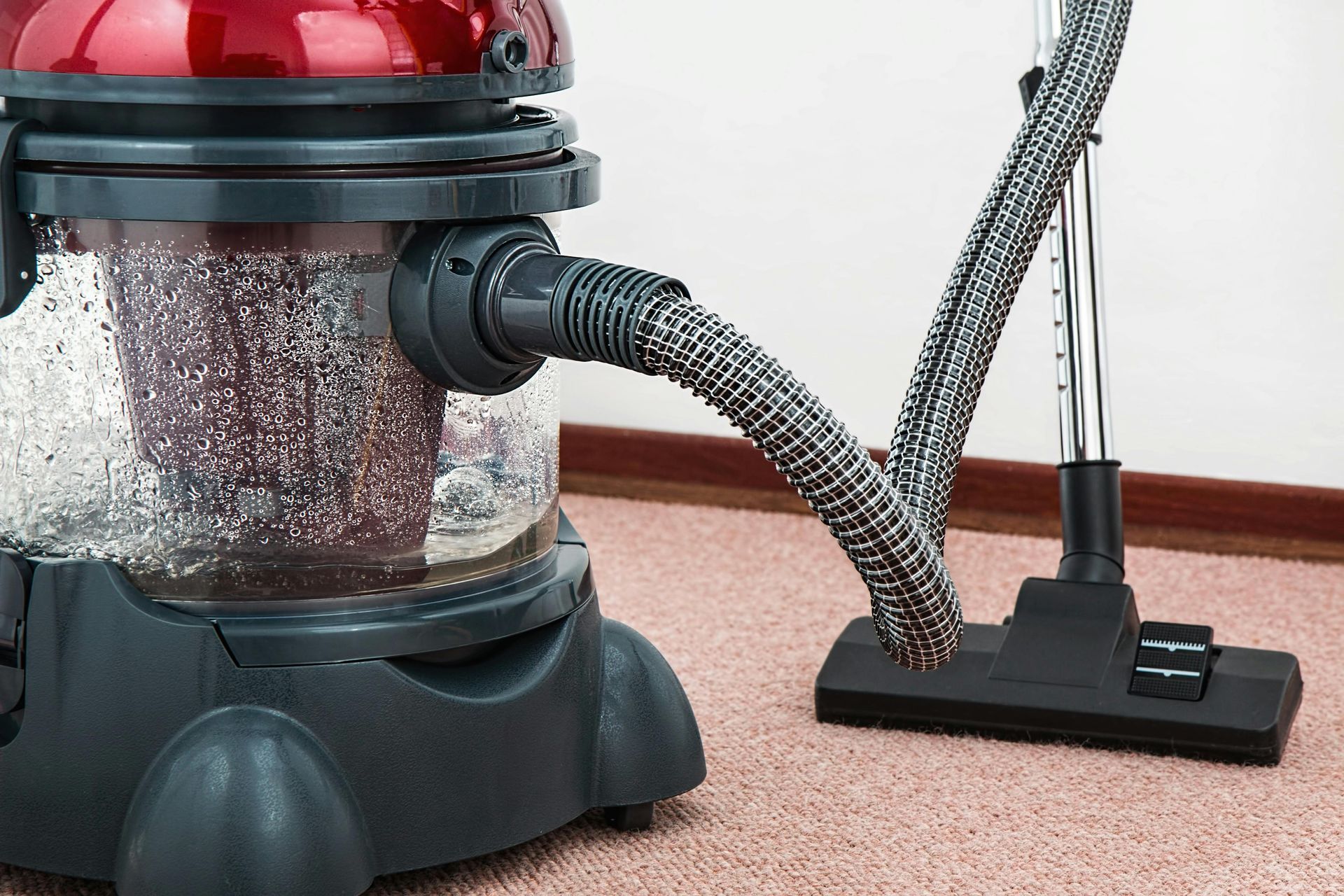Facilities Management Made Simple: Everything you need to know about PAT Testing
SEFM's Guide to Portable Appliance Testing (PAT)
Portable Appliance Testing (PAT) is a critical component of facilities management, ensuring the safety and functionality of electrical appliances in the workplace. For facilities managers in the UK, PAT testing is more than a routine task—it’s an essential practice for maintaining compliance, reducing hazards, and protecting both employees and assets.

What is PAT Testing?
PAT testing involves the inspection and testing of electrical appliances to ensure they are safe to use. The process includes:
- Visual Inspection: Checking the appliance for visible signs of damage, such as frayed cords, cracked casings, or loose wires.
- Electrical Testing: Using specialised equipment to measure aspects like insulation resistance, earth continuity, and polarity.
While PAT testing doesn’t guarantee future safety, it identifies existing faults that could lead to electrical hazards.
Why is PAT Testing Important?
Electrical appliances are an integral part of modern workplaces, but they can pose significant risks if not properly maintained. PAT testing:
- Reduces Fire Risk: Faulty appliances are a leading cause of electrical fires.
- Ensures Employee Safety: Regular testing prevents accidents like electric shocks or burns.
- Minimises Downtime: Identifying issues early reduces the likelihood of unexpected equipment failure.
- Maintains Compliance: Adhering to safety standards and regulations protects businesses from legal consequences.
What Are the Legal Requirements for PAT Testing in the UK?
While PAT testing itself is not legally mandatory, UK regulations place a strong emphasis on maintaining the safety of electrical appliances. Key legislation includes:
- The Electricity at Work Regulations 1989 - Employers are required to ensure that electrical equipment is maintained in a condition that prevents danger.
- Health and Safety at Work Act 1974 - Imposes a general duty on employers to provide a safe working environment, including safe electrical appliances.
- Provision and Use of Work Equipment Regulations (PUWER) 1998 - Requires that work equipment is suitable, safe, and maintained in good condition.
Although the law doesn’t specify PAT testing, it is widely regarded as an effective way to demonstrate compliance with these regulations.
Which Appliances Require PAT Testing?
- Not all appliances need PAT testing, but the focus should be on items most likely to pose a risk. Common examples include:
- Portable Appliances: Kettles, toasters, fans, and desk lamps.
- Hand-Held Devices: Drills, sanders, and other tools.
- IT Equipment: Computers, monitors, and printers.
- Extension Leads and Power Strips: High-usage accessories prone to overloading.
Note: Fixed installations like light fittings and switches are not typically included in PAT testing.
How Often Should PAT Testing Be Carried Out?
The frequency of PAT testing depends on the type of equipment, its use, and the environment in which it operates. Factors to consider include:
- Risk Level: Appliances in high-risk environments (e.g., construction sites) may require more frequent testing than those in offices.
- Manufacturer Recommendations: Guidelines from equipment manufacturers can provide insights into appropriate testing intervals.
- Usage Patterns: Frequently used or moved items may need more regular inspections.
Example Intervals:
Office equipment: Every 2–4 years.
High-risk equipment: Every 6–12 months.
Construction site tools: Every 3 months.
Best Practices for PAT Testing in your Facility
To ensure effective PAT testing, you should:
- Create an Inventory - Maintain a list of all electrical appliances within the facility, including their locations, ages, and usage levels. This would be created by one of our SEFM team members or by our trusted suppliers.
- Set a Schedule - Establish a regular testing schedule tailored to the risk levels and usage patterns of your equipment.
- Qualified Professionals - While some simple tests can be done in-house, complex inspections should be conducted by certified PAT testers. At SEFM we have a diverse preferred suppliers list that are are able to help with any issues.
- Invest in Training - Train staff to perform basic visual checks to identify potential hazards between scheduled PAT tests and before equipment use.
- Technology - Use software to maintain records, and track appliance performance.
While professionals are essential for electrical testing, trained staff can perform visual inspections.
The Benefits of Regular PAT Testing
A proactive approach to PAT testing offers multiple advantages:
- Peace of Mind: Knowing your workplace is safe and compliant reduces stress for both employees and management.
- Cost Savings: Identifying and addressing small issues prevents costly repairs or replacements.
- Increased Productivity: Reliable equipment supports smooth and efficient operations.
Conclusion
PAT testing is a vital part of facilities management that safeguards employees, reduces risks, and ensures compliance with UK regulations. By implementing a well-structured PAT testing plan, you can protect your business, assets, and workforce while maintaining a safe and efficient workplace.
At SEFM Ltd, we provide expert PAT testing services tailored to the needs of UK businesses. If you need any help with your facility, fill out our form by clicking here and a member of our team will be happy to assist you!

